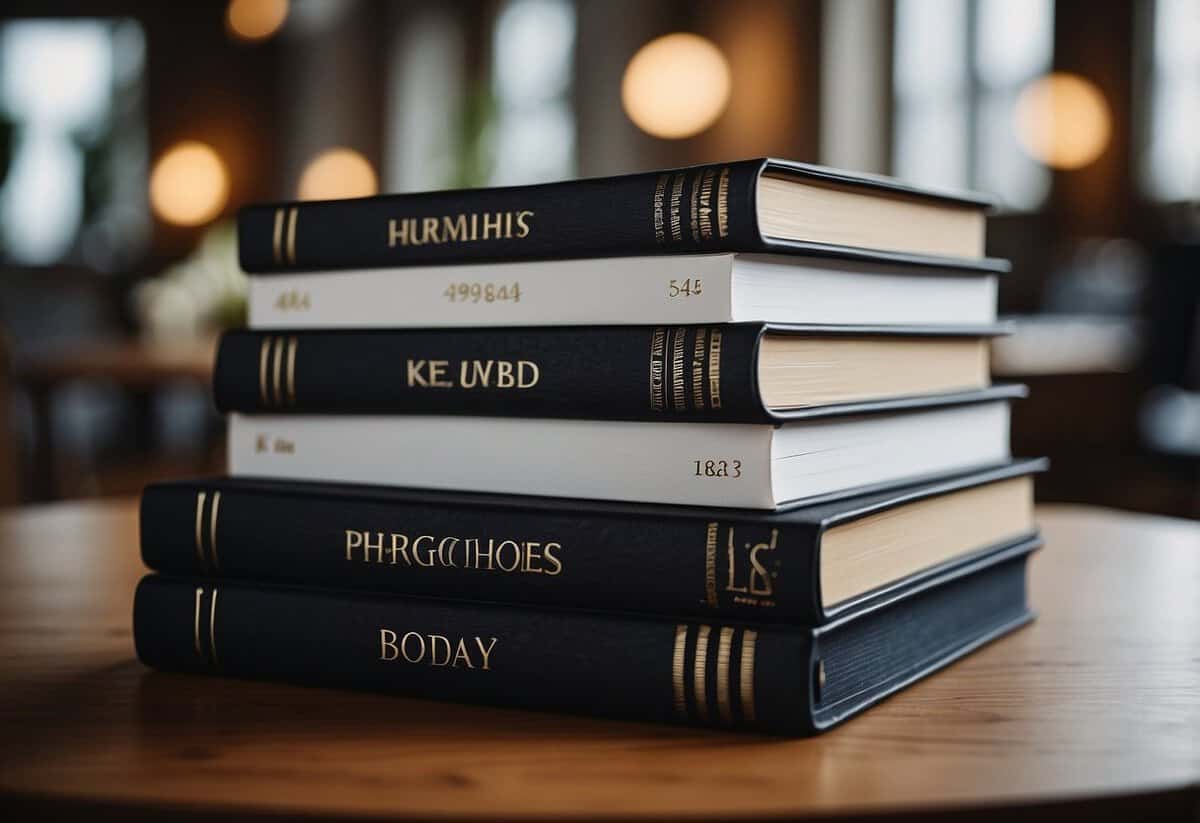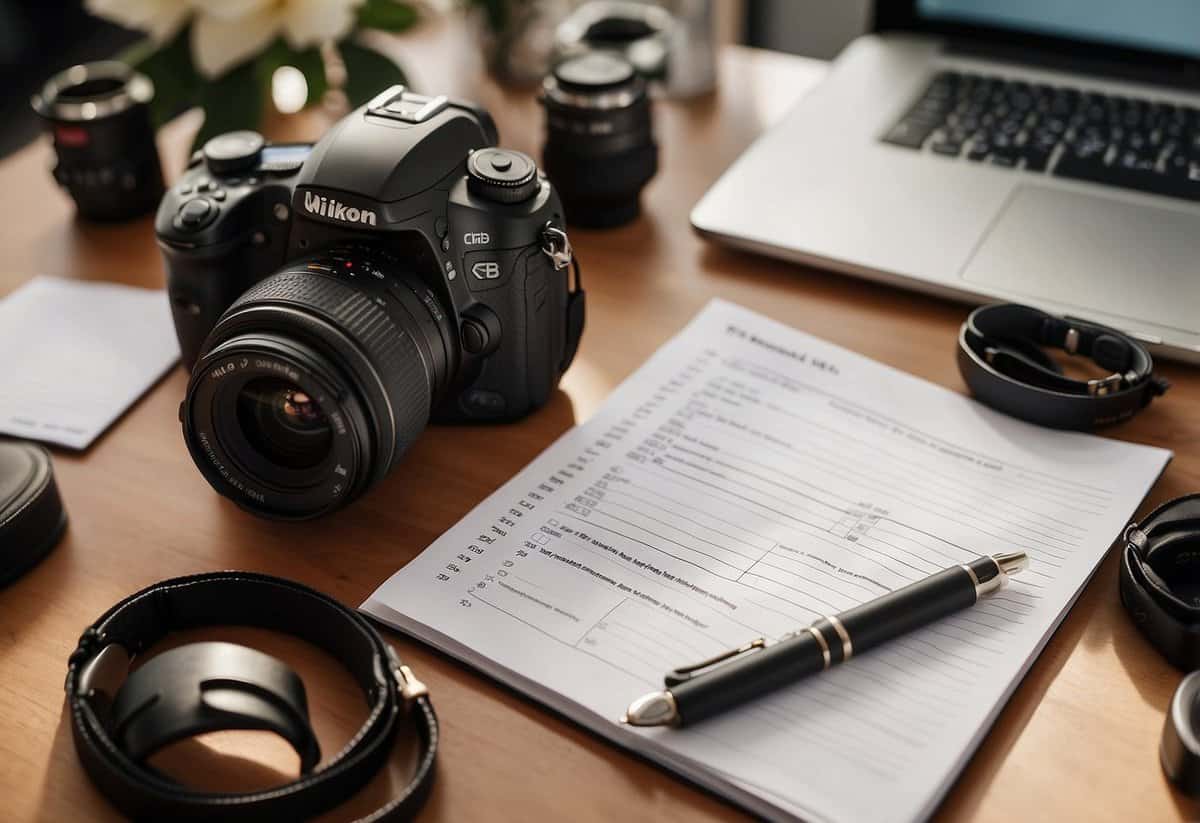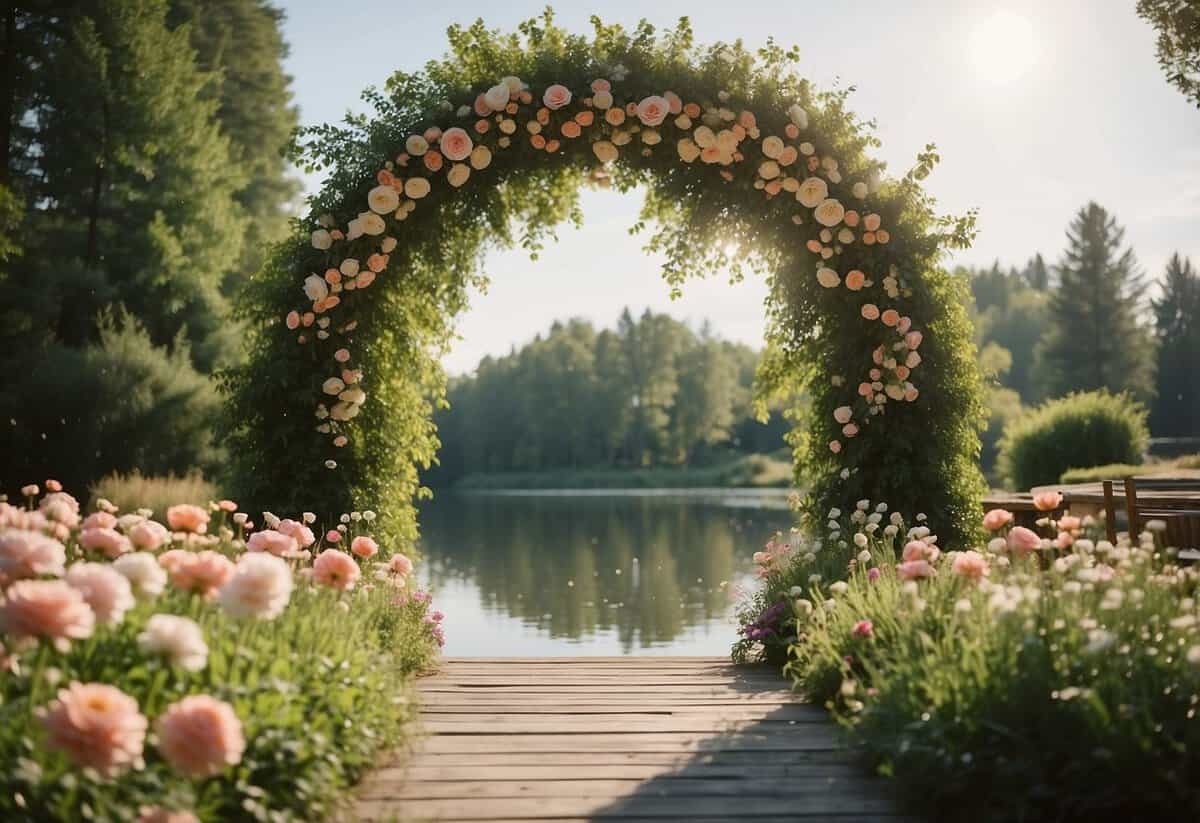How Many Pictures Do You Need for a 5 Hour Wedding? Tips for Capturing Every Moment
Planning wedding photography can be overwhelming, especially when trying to figure out how many pictures you’ll need for a 5-hour event. You want to capture every memorable moment, from getting ready to the end of your reception. For a five-hour wedding, you should expect to receive roughly 500 photos. This estimate ensures you have enough images to cover key moments without feeling overwhelmed.

Wedding photographers usually aim to take about 100 pictures per hour. This number can vary depending on the photographer’s style and the flow of your event. To maximize your photo coverage, make sure your photographer knows which moments are most important to you.
Having a clear timeline for your wedding can also help ensure no moment is missed. Whether you’re doing a first look or following more traditional steps, planning ahead can make a big difference. Remember, your wedding photos will be cherished for years to come, so it’s worth investing the time to get it right.
Understanding Wedding Photography Coverage

Getting the right amount of wedding photography coverage is essential for capturing all the key moments of your special day. It’s important to determine your photography needs and consider which key moments you want to be photographed.
Determining Your Photography Needs
Your photography needs depend on your wedding day’s schedule and the moments you want to capture. Start by listing the events you want photos of, like the ceremony, reception, and getting ready shots.
Consider how many hours you need a photographer for. Eight hours of wedding photography is common and usually covers the entire day. However, if you have a shorter event or an elopement, 4 hours might be enough.
Talk to your photographer about your timeline. Include any special moments, like a first look or couples portraits. This helps them organize their schedule and ensures you get all the photos you want.
Key Moments to Capture on Your Wedding Day
There are several key moments you definitely want to capture. During the ceremony, photos of the vows, ring exchange, and the first kiss are crucial.
At the reception, think about your first dance, cake cutting, and speeches. These moments are full of emotion and create beautiful memories.
Don’t forget about getting ready photos. These candid shots can showcase the excitement and details, like putting on your dress or tuxedo.
Make sure you discuss with your photographer about other important shots, like family portraits and candid moments throughout the day. This ensures you have a comprehensive collection of memories from your wedding day.
Breaking Down the Wedding Day Timeline

A well-organized wedding timeline helps ensure a smooth and memorable day. Here’s a step-by-step look at how your wedding day might unfold.
Getting Ready and Pre-Ceremony Activities
The morning of your wedding is filled with anticipation and preparations. Typically, hair and makeup for the wedding party start early, around 8 a.m. Bouquets and other floral arrangements usually arrive by 8 a.m., too, and suppliers begin setting up at the venue.
By 9 a.m., you and your wedding party will start getting dressed. This is also when the photographer often arrives to capture those candid, getting-ready moments. Around 10 a.m., wedding party photos begin.
Your partner usually arrives at the venue around 10:30 a.m., and guests start arriving shortly after. You leave for the venue around 10:45 a.m. with your photographer and the rest of your wedding party. This part of the day sets the tone for everything that follows.
Ceremony and Portraits
The ceremony timing can vary, but many start in the late afternoon, typically around 4 p.m. A non-religious ceremony, for instance, can take about 30 minutes. This is the moment to focus on exchanging vows and rings.
After the ceremony, it’s time for portraits. This includes photos of you and your spouse, the wedding party, and close family members. This session usually takes about an hour. If you have a specific list of portrait groupings, sharing this with your photographer can help things run smoothly.
Taking the time for these photos right after the ceremony ensures that you capture the important moments and emotions while they are still fresh.
Reception and Celebrations
The reception often begins with a grand entrance around 5 p.m., followed by the couple’s first dance. Shortly after, usually around 5:15 p.m., a welcome speech is made, often by the hosts or parents. Dinner or buffet service starts around 5:30 p.m.
At about 5:45 p.m., it’s time for speeches from the best man and maid of honor. Come 6 p.m., the cake cutting and serving of dessert happen. Keeping a clear schedule ensures that the reception flows smoothly, allowing everyone to enjoy the evening’s celebrations to the fullest.
Creating a well-planned timeline helps make your wedding day as stress-free and memorable as possible. For more details and sample timelines, visit Brides and Wedding Wire.
Choosing the Right Photographer for Your Wedding

Selecting the best wedding photographer involves examining their style and reviewing the details of their photography packages. This ensures you get the wedding photos you dream of while staying within budget.
Photographer’s Style and Portfolio
The style of the wedding photographer is crucial. Do you prefer candid shots, traditional poses, or a mix of both? Look at different photographers’ portfolios online to see if their work matches your vision.
Some photographers may have an artistic flair, while others focus on capturing moments as they happen. It’s important to find someone whose style aligns with your taste. Don’t hesitate to ask for full galleries from past weddings, not just highlight reels. This helps you understand what to expect from your wedding photography coverage.
Understanding Wedding Photography Packages
Photography packages vary widely. Many include a set number of hours, typically capturing the ceremony, reception, and key moments in between. Some packages offer a second shooter to cover different angles and more candid moments.
Check if the package includes extras like engagement photos, albums, or digital files. Understanding what’s included helps you avoid unexpected costs. You’ll also want to discuss the number of edited wedding photos you will receive, as this can greatly affect your satisfaction with the results.
Reviewing and comparing packages helps you make an informed decision that fits both your needs and budget. Keep communication open with your photographer to ensure you get the best value for your investment.
Maximizing Photography Coverage On Your Special Day

Maximizing your 5-hour wedding photography coverage involves careful planning and smart scheduling. By organizing your photo sessions efficiently and incorporating key moments like first looks and family portraits, you can ensure that all important aspects of your wedding are beautifully captured.
Tips for Efficient Photo Session Scheduling
Start with the getting ready photos. Allocate 30-45 minutes for the bride and about 30 minutes for the groom. This time frame allows for candid shots of final touches and detailed pictures of accessories.
Next, schedule the wedding ceremony. Aim to capture photos of the venue and guests arriving. A typical ceremony lasts 30 minutes to an hour. Adding a 15-minute buffer ensures you don’t miss unexpected moments.
For wedding party portraits, allocate 30 minutes. This includes pictures with your immediate family and the wedding party. Focus on fast group shots to keep things moving.
Lastly, set aside time for reception highlights. Important moments like the first dance, toasts, and cake cutting can be squeezed into 30-45 minutes.
Incorporating First Looks and Family Portraits
First looks can be magical and save time. Schedule them for around 15-20 minutes before the ceremony. This lets you capture intimate moments between you and your partner without the pressure of the ceremony.
Family portraits are best taken straight after the ceremony. Set aside 20-30 minutes for pictures with immediate family and extended family. Organize a list of must-have shots to streamline this process.
Plan a quick photo session with the wedding party. Use another 20-30 minutes for these portraits. Capture both posed and candid moments to reflect the joy and camaraderie of your special day.
By following these strategies, you can make the most of your wedding photography coverage and ensure no important moment is missed.
Memorable Details and Unforgettable Moments

Capturing the right photographs at your wedding ensures you can relive those special moments. Attention to candid shots and unique traditions makes all the difference.
Catching the Candid and Spontaneous Shots
Candid and spontaneous photos capture the real emotion of the day. These include your smiles and laughs, the shared glances, and unexpected hugs from friends and family.
Your photographer should focus on the moments between events, such as the loving look from your partner during the ceremony or your parents’ expressions during the vows. These moments are natural and unscripted, making them priceless.
Additionally, consider detail shots. These can highlight the intricate designs of your dress, the beautiful table settings, and the artistic layout of your bouquet. They tell a unique part of your wedding story that posed photos might miss.
Special Wedding Traditions and Send-Off
Wedding traditions such as the bouquet toss and garter toss create dynamic photo opportunities. These events are full of energy and often result in funny and lively pictures.
The grand entrance is another key moment. It captures the excitement and joy as you walk into the reception as a married couple for the first time. The looks on your guests’ faces and your own excitement are wonderful memories to preserve.
A sparkler exit offers a magical end to your night. The glowing lights and your happy faces provide a beautiful and enchanting scene. Your photographer can capture the sparkle in the air and the glow on your faces, ending your album on a bright note. Traditions like these, when documented, bring the essence of your wedding day into your photo album.



